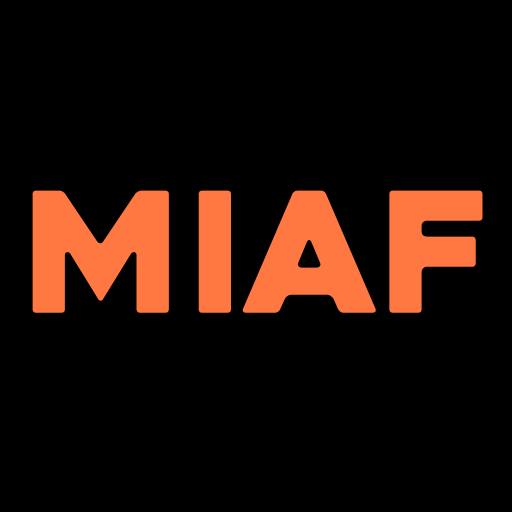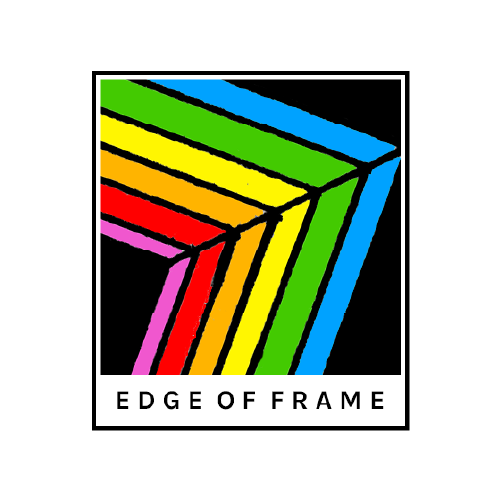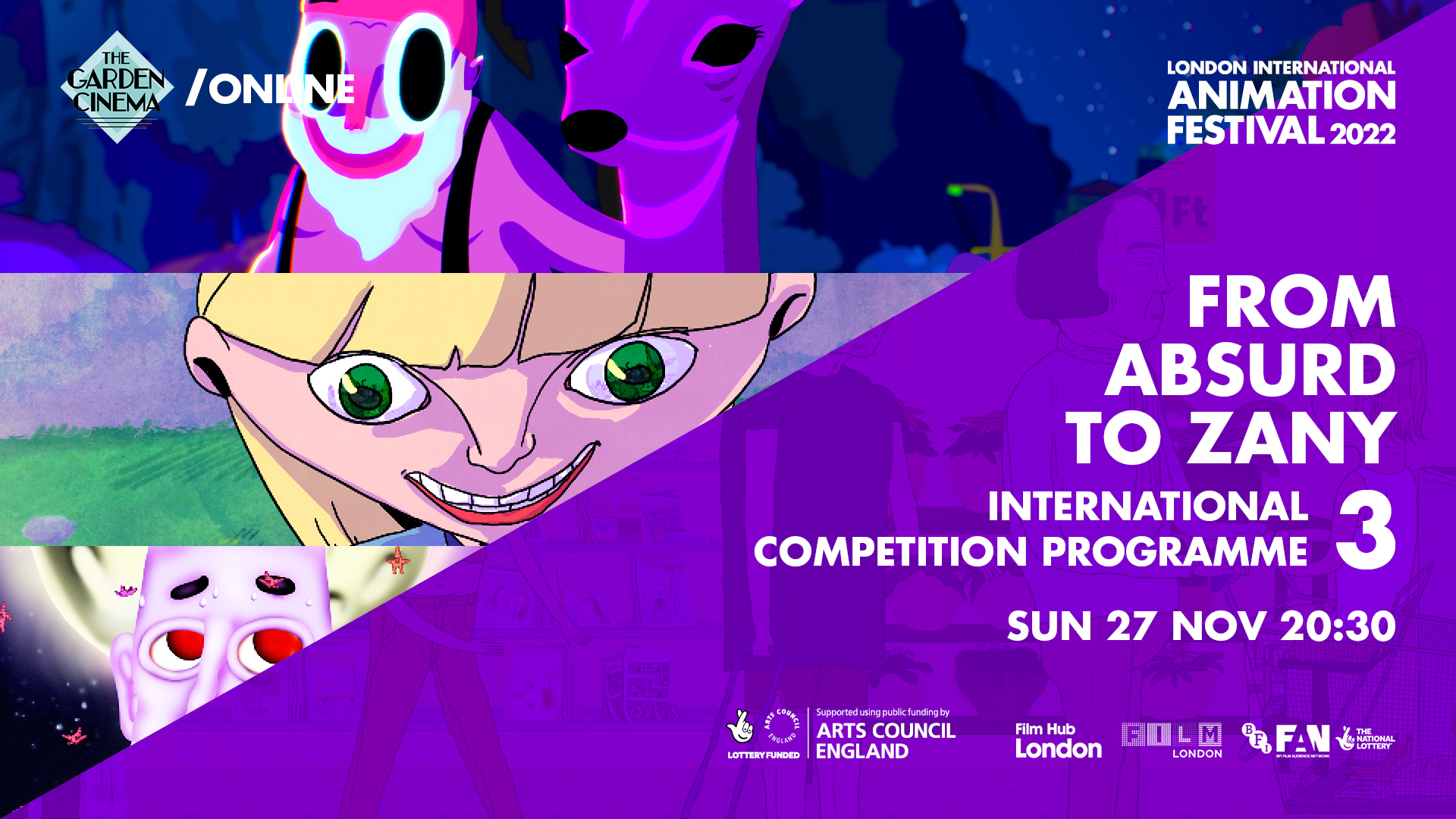
What is is? What is the use of is? When you think about it, the enemy of is might just be if. And, perhaps, the antidote to the power of is is how.
This probably rushes right past English scholars but animators understand this stuff at an instinctual level . That’s what makes them such advanced beings. The best of the rest of the beings are still grappling with it. The rung beneath have no idea there is even a problem with is.
Philosopher extraordinaire Louis Armand labels “is” as “the most treacherous little word”. He might be right, especially in these waning days of human-kind’s rise to a certain level of collective pre-somnambulance. It sits there at the heart of almost every inquiry, hiding in plain view, directing traffic down only the lanes that suit its purposes; steering us away from a bigger, more expressive interrogation of whatever stands before us – or whatever thoughts enter our mind.
Armand, admittedly not famous for summing anything up, comes close with this paragraph, buried in the middle of an essay on the mechanical processes of thought with the unlikely title of ‘At Home In Vesmir’.
“A question ‘What is that…?’ may elicit a variety of different answers. Most frequently an answer will teach us the composition of the thing we enquire about, what it comprises, what it is good for, how it can be distinguished from something which it is not. Only the “is” part of the question is usually, and undeservedly, forgotten. Because of that, we in fact never get (and actually never expect) an answer to the essential part of our question: how something is, what is its modus of being.”
He should come to LIAF. He could spend night after night immersed in the works of people who START with that proposition. And perhaps none-more-so than in our annual trip into the appropriately titled ‘From Absurd To Zany’.
Every single thing in every single frame of an animated film is constructed. It has to be. No news there. And while it necessitates a great deal of work to create any given animated film, it also offers incredible possibilities. If you are the animator, your world – your entire world – can be anything you want it to be. Your world will need rules and a kind of divine, roughly consistent logic but it’s all yours to create from the ground up.
The catch?
You’ve got to get the audience to buy into that world and you don’t have much time to do it. If you fall at that first hurdle, you don’t have an audience, you have a cinema full of window shoppers. Just having a weird idea or rolling out a tsunami of random oddities ain’t gonna cut it. You may have figured out how to put ‘is’ back in its cage but if you can’t unleash ‘how’ you’re not going to take many people along for the ride.
From Absurd To Zany corrals a cluster of films that have ticked every box above – and then some. These are worlds of unique construction, filled with assumptions built around those frameworks rather than answers to “what is it”?
We start as we mean to continue. Hotel Kalura by Sophie Koko Gate doesn’t waste any time trying to explain itself – you have to come along for the ride and you need to follow the house rules. This is a world that uses different oxygen, is replete with alternative morals and populated by a cast of characters that exist on a different social and interactive wavelength. If you spend too much time asking what is going on you’ll miss all the signs that tell you how this all fits together. Here’s an animator going from strength to strength – and coming from a high base. If you don’t remember Slug Life (2018) then you weren’t there. And the Rick And Morty fans among you might have caught the bumper she recently made for that show in collaboration with Adult Swim.
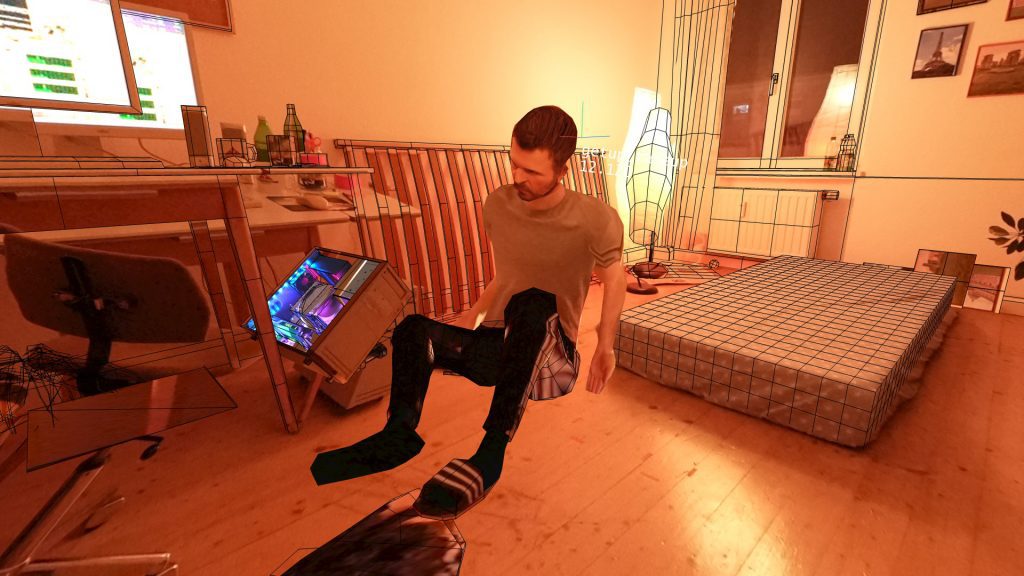
Serial genius Nikita Diakur is back on the radar with a new film backflip. In many ways this is a kind of meta animation exploration. It sits somewhere between digital animation masterclass, machine learning workshop and an audacious attempt at blending construction and deconstruction into a single narrative plane. It is, most definitely, all about the ‘how’….. but what is the how? It’s a project that has its genesis when Diakur was the artist in residence at Denmark’s Animation Workshop. Diakur has spent the last few years mastering the visual slang of ‘glitch’ animation and the fractured partnership that that necessarily forces him to have with the computers he uses. backflip takes this to a personal, one-on-one level; both in terms of the filmmaking process and in real life. For a while Diakur was in a race with his computer to see if he could learn how to do a backflip himself before his computer could learn enough to make his avatar complete one. After a sub-gymnastic mishap in Mexico he decided to leave it to the machine and let his real bruises heal. Even so, it is a project that took the best part of two years to complete.
What’s going on at MOME, the animation school based in Budapest? The place is defying gravity.
“I know this defies the law of gravity, but, meh… I never studied law” (Bugs Bunny – High-Diving Hare). “Gravity is a harsh mistress” (The Tick – Ben Edlund). “Gulp” – Wile E. Coyote (Multiple instances, every film, no exceptions). Isaac Newton was a physicist, astronomer, philosopher and one of the greatest mathematicians of all time who formulated the rules of gravity (famously, when an apple fell on his head). Years later, Einstein backed up Newton with his theory of relativity, which is all good and fine but they had an agenda; they wanted to know that their stuff would stay where they put it because they might need it later. And they were both scientists; they probably both hated rabbits, were afraid of coyotes and couldn’t draw a circle. Everybody has their job, that was theirs but animators have a different gig.
For an animator, gravity is a well-trained pet dog. They can make it play fetch, command it to sit or have it act dead. It never talks back but it will always come when they call it.
Newton and Einstein could only stand by and describe what gravity was doing to them. Animators, on the other hand, have every imaginable option available. A theatre director is, without the use of wires and insurance policies, at the mercy of gravity whereas gravity is putty in the hands of an animator. A live-action filmmaker might be able to weave a little anti-gravitational magic into their project but it will still have to intrinsically serve the story (otherwise the audience will bail) and in any case they will have to employ some form of animation to actually achieve it. And even if they do go there, ‘defying’ gravity within these realms requires them to fundamentally acknowledge the existence and reality of gravity so as to give meaning and narrative balance to what they are trying to get the audience to swallow about whatever it is they are trying to get to fly through the sky. For an animator, all of those limitations aren’t even footnotes in the textbook.
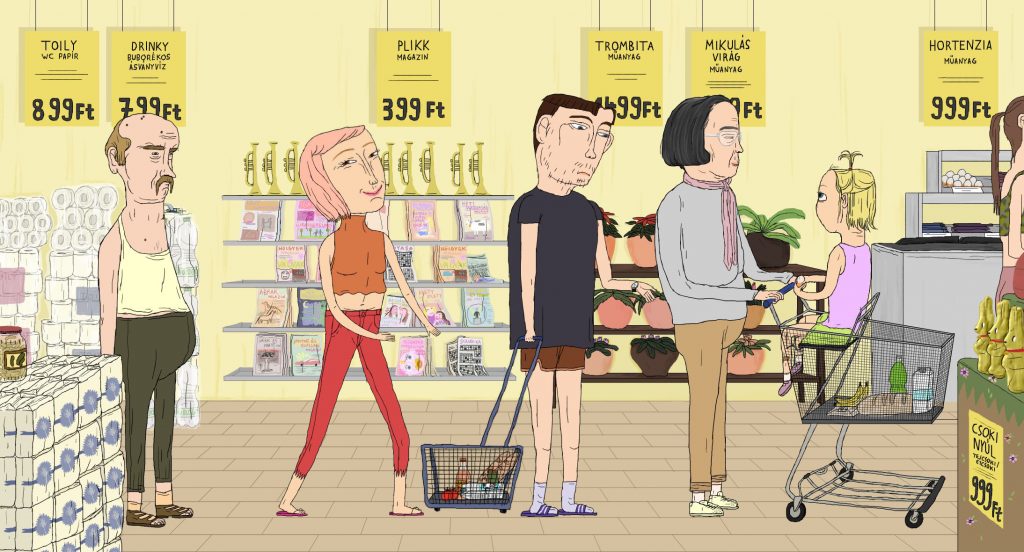
Think about all of this when you watch Above The Clouds by recent MOME graduate Vivien Hárshegyi – just sayin’.
And how’s this for a segue? One of the best films ever made that exemplifies the boundless creative possibilities open to an animator who can truly let go of the bonds of gravity was made by Estonian animator Priit Tender. His 1996 film oddly enough titled “Gravitation” is a case study in how an animator can treat gravity as an utterly malleable raw ingredient. FYI, “lennutama” means “to fly”. Tender’s new film The Dog Apartment is a different beast altogether. What kind of beast (or beasts) is the big question though; or perhaps more accurately, the first question. And while the plan here isn’t to take you out of the world the film drops us all into, try and notice the incredible stop-motion technique on display in the first minute or so – the amazing fluidity of all of the elements being bounced up and down…. that is r-e-a-l-l-y hard to do.
Back to the unreal world. The main gravity in The Dog Apartment is the emotional pull that comes from the surreal narrative core deep beneath the surface. On one level, it is a reminder that the pieces of all our worlds are interconnected in often unpredictable, sometimes even unfathomable ways. The heat source in the very centre of that core, though, comes from the surrealist poem that inspired the film, a poem that was written by the same poet – Andres Ehin – who wrote ‘A Vegetated Director’, which Tender also turned into an animated film of the same name back in 2007.
For The Dog Apartment however, Tender wanted the text of the original poem to be replaced entirely by an interwoven tapestry of visual images. And he wanted it done in stop-motion to reinforce a real feel for the unreality of what is being depicted. It is different from any other film that Tender has made – but we say that about every film he makes (coz it’s true).
What is there to say about Amok, a new film by Hungarian animator Balázs Turai? The first thing to say might be that it won the Cristal Award for best short film at the Annecy festival earlier this year, instantly propelling it to becoming one of the hottest films on the international animation festival circuit at the moment. Not that it really needs much additional propulsion or heat – it comes fully loaded with plenty of both of those properties.
The sheer creative horsepower of Amok could power a small village; pushing the play button is akin to that moment when they open the gate at a rodeo. All hell breaks loose. Colours, characters, catastrophes of multiple dimensions. The title is not a bad synopsis. Turai told the post-award interviewer at the Annecy ceremony that while his film might seem a bit “silly”, he saw the making of it as part therapy to help exorcise some experiences he has had in life, some of which he made worse because of the choices he made at the time.
The title itself has been incorporated into the English language but is a word recognised more broadly. Turai talks about its Malaysian roots in which it more specifically applies to somebody that goes on a killing spree and will not stop until they are killed or end their own life. While Turai’s amok doesn’t go to that dark spot, it definitely embodies the blend of internal chaos, alternate adrenalized logic and unpredictable mayhem that sits at the heart of these sorts of events and in the souls of their perpetrators.
The incredible look of the film and the dramatic colour palette deployed throughout are the work of Mark Juhasz, the background designer of the film. Turai readily admits to “not being that good with colour” and credits Juhasz with making Amok look the way it does. It is a film of compelling, eye-filling visual completeness on every level and holds that level of energy the whole way through. It’s a wild ride.
Turai is nowadays a resident of Annecy itself, not just a mid-year anima-tourist, wheeling in for the films and the parties and the banter. He and his partner have a filmmaking residency in the city and are deep into development on a 1970’s flavoured sci-fi adventure feature film with the working title of ‘Dino Doom On A Desert Planet’.
Watch this space!
by Malcolm Turner
From Absurd to Zany screens at The Garden Cinema and online Sun 27 Nov find out more




